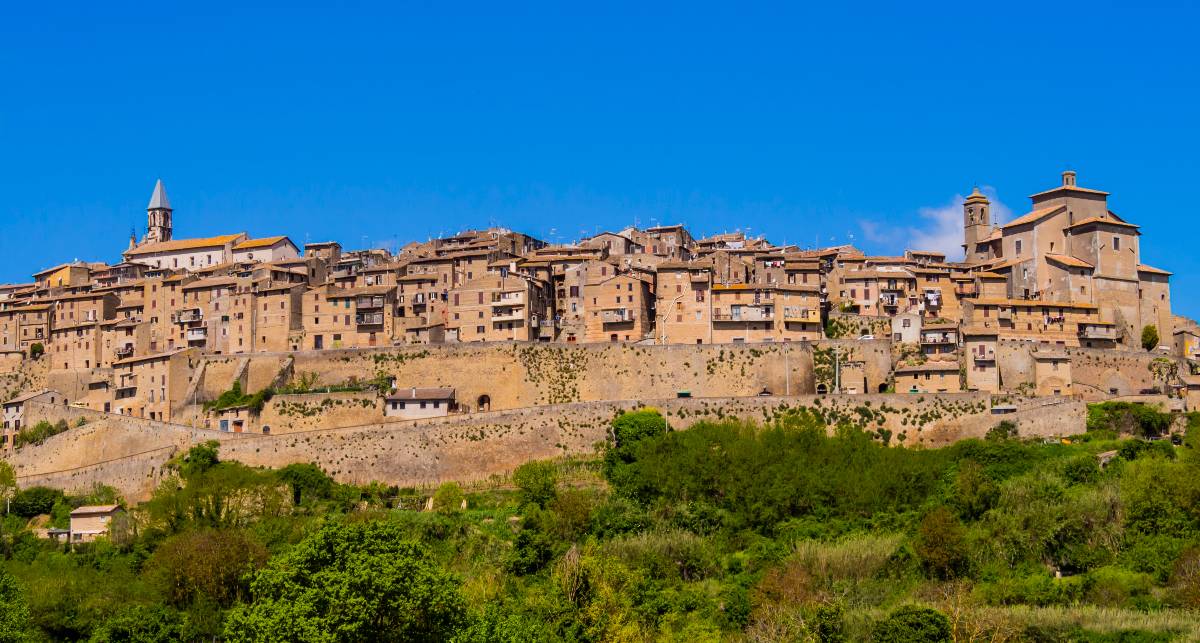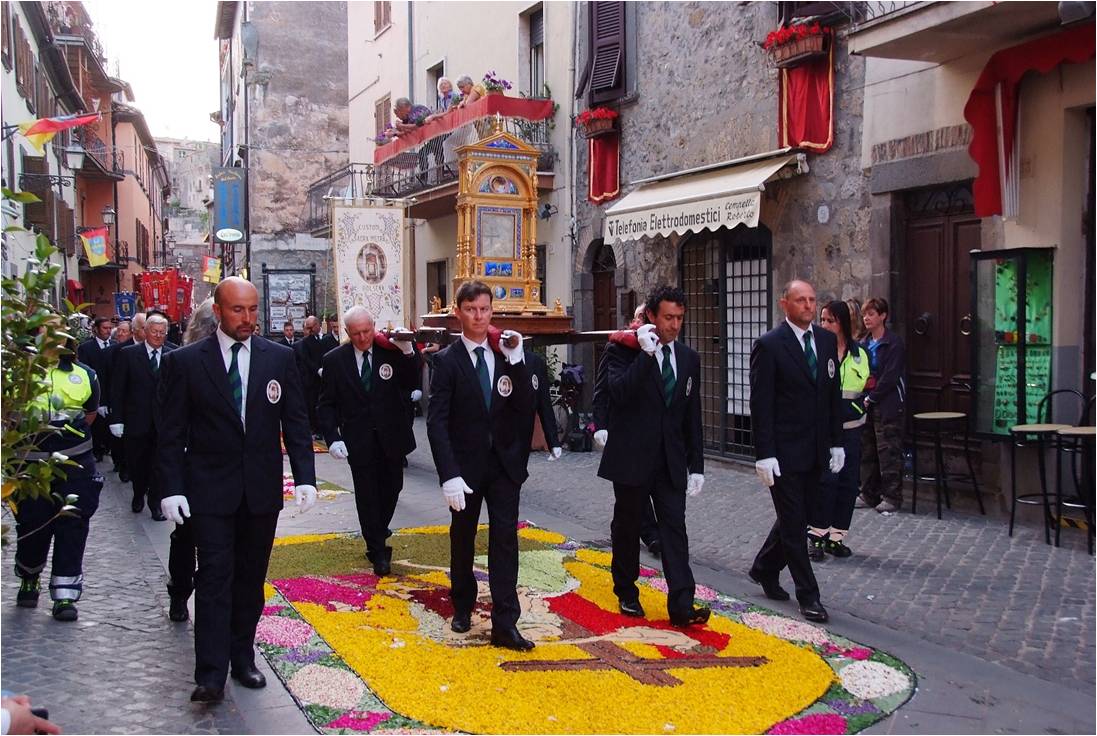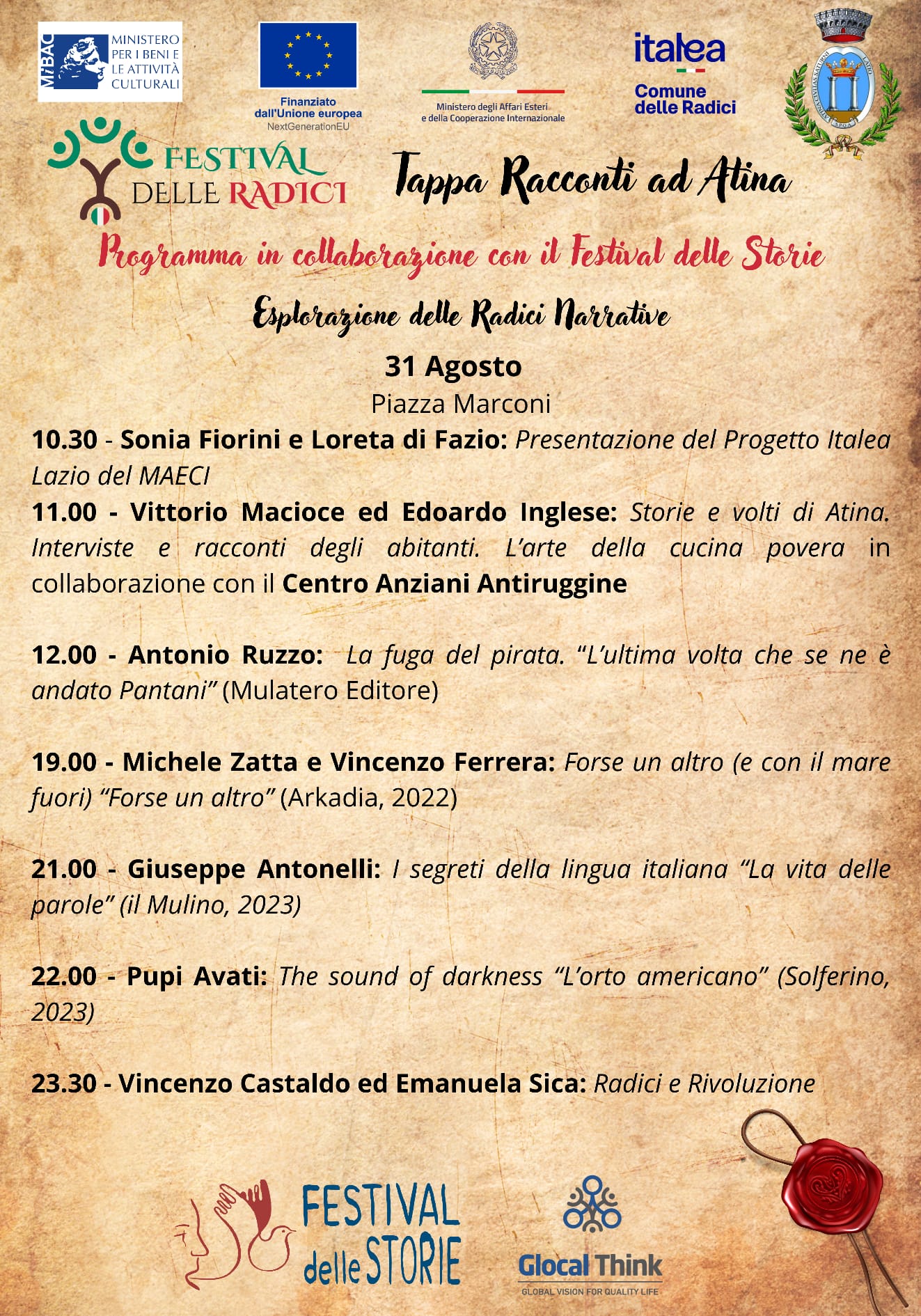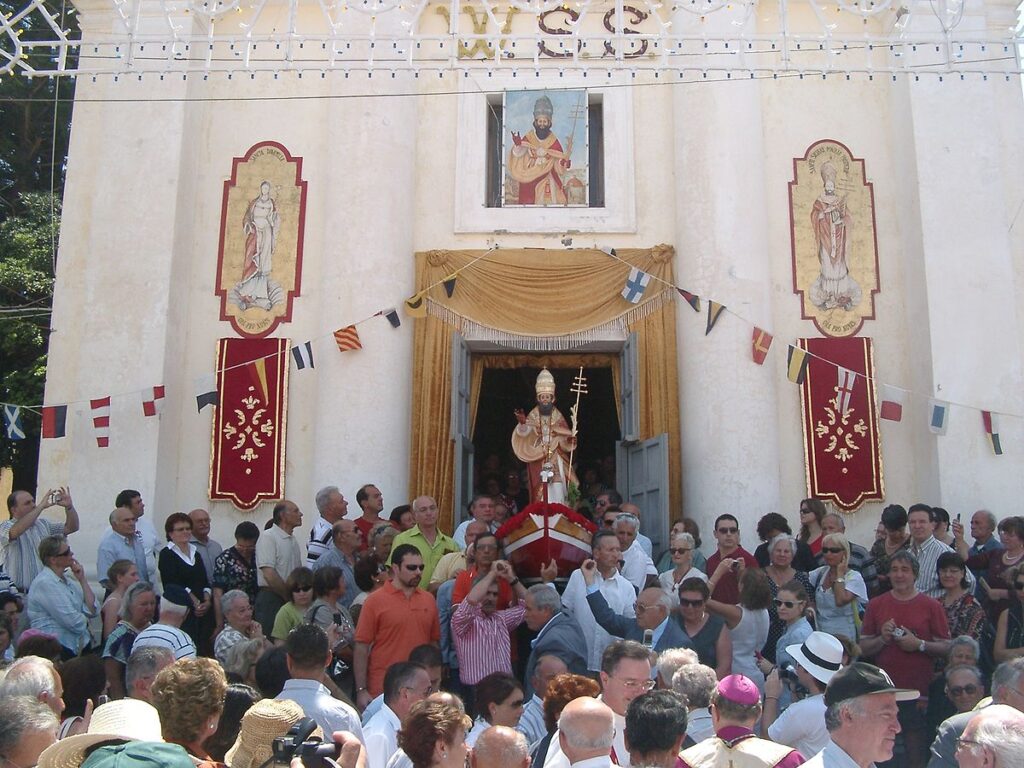GUIDE TO ITALIAN ROOTS VOL.1
Puglia, Basilicata, Abruzzo, Emilia-Romagna
GUIDE TO ITALIAN ROOTS VOL.4
Trentino-Alto Adige, Friuli Venezia Giulia, Campania, Piemonte
Filter by:
Events
News
Emigration and faith. The cult of San Silverio from the Island of Ponza to New York
The cult of San Silverio from the island of Ponza to New York The cult of San Silverio in Ponza is linked to the events of his troubled pontificate and a life that ended in exile, after being forced to leave the papal throne. Silverio was deported to the island of Ponza where he died […]
read moreRockefeller Center: New York's Christmas Tree is an Italian story
The Rockefeller Center Tree: A Tradition Rooted in the History of Cesidio Perruzza In the heart of the great history of Rockefeller Center in New York, a memorable chapter is dedicated to Cesidio Perruzza, a man with a Ciociarian heart who, back in 1901, left his homeland, Italy, to seek his fortune in the United […]
read moreCabernet DOC: from France to the Comino Valley
In the heart of the Comino Valley, the origin of Cabernet finds its roots in the wise intuitions of the agronomist Pasquale Visocchi, a figure of extraordinary versatility of the nineteenth century. At the dawn of the 1800s, Visocchi planted the first Cabernet vines in Atina, in the province of Frosinone, giving life to a […]
read more







